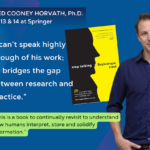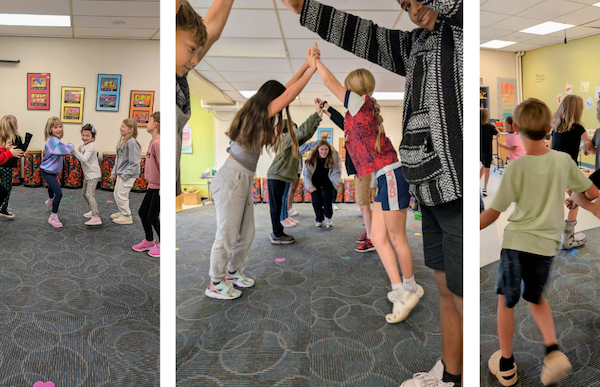
Post-Holiday Reflections: When to Take Action
January 9, 2025
Shaping Success Through Mindset
January 31, 2025
Springer families often speak of the relief felt when they enroll their child or teen at Springer. Why? Because they have known the immense stress, dread and accompanying conflicts that occur when school is a struggle due to ADHD and LD.

If you can relate to this kind of school stress, keep reading. Research shows that the right set of supports can change the trajectory. Parents and teachers, you can help
Neuropsychologist Jerome Schultz, Ph.D. lays out an easy-to-remember set of actions to interrupt the stress cycle in children with ADHD. Here's an excerpt:
Define the condition.
Make sure that the adults involved in the child’s life understand and agree on the cause of the challenges. If there are “dueling diagnoses,” valuable energy is wasted on disagreements, legal challenges, and “doc-shopping” to resolve differences of opinion. The adults need to come to some consensus about the child’s condition. A plan built on guesses or misinformation is destined to fail.
Educate.
Informed adults (parents, psychologists, teachers) need to educate the child about the nature of his/her challenges. Only an informed child can be a self-advocate.
Speculate.
Think about how the child’s strengths and assets, as well as his challenges, will impact his prospects going forward. Think ahead: What’s going to get in the way of success and what should be done to minimize disappointments and derailments?
Teach.
Educate the child about how to use strategies that will address his specific needs and maximize his success. Give the student the tools he needs to take this bull by the horns and wrestle it to the ground.
Reduce the risk.
Create learning environments that focus on success and that minimize the risk of failure (small classes, individualized attention and support, providing time and space to reinforce learning, decreasing distractions).
Exercise.
There is scientific evidence that physical activity reduces stress. Make sure that the student is engaged in a regular program of physical activity. Collect evidence that shows that exercise enhances mood and learning.
Success.
Replace doubt with confidence by creating a learning environment that allows the student to experience success more often than failure. Make sure that fear, frustration, and failure are overshadowed by successes. Show the child that confidence and control are by-products of being competent. Help the child internalize a mantra: “Control through competence.”
Strategize.
Use what you and your child have learned about achieving success in order to plan ahead. Find opportunities to confirm that confidence and a stress-reducing sense of control come naturally from feeling competent. Teachers and parents should make learning from errors part of the plan, and help the child move from strength to strength.
Are these measures in place for your child at home and at school?
If you are missing something on this list, consider what adjustments can be made.
Learn more about Dr. Jerome Schultz's DE-STRESS model, which emphasizes using stress as the "fuel for success" rather than "letting it turn inward to erode confidence and competence" in his article Why School Stress is Devastating for Our Children.
Springer has resources to help you and your child DE-STRESS, a model closely aligned with our mission to empower students with learning disabilities to lead successful lives. If you're unsure where to start, speak with our Family Outreach Coordinator, Shelby Chamberlin to discuss next steps.



